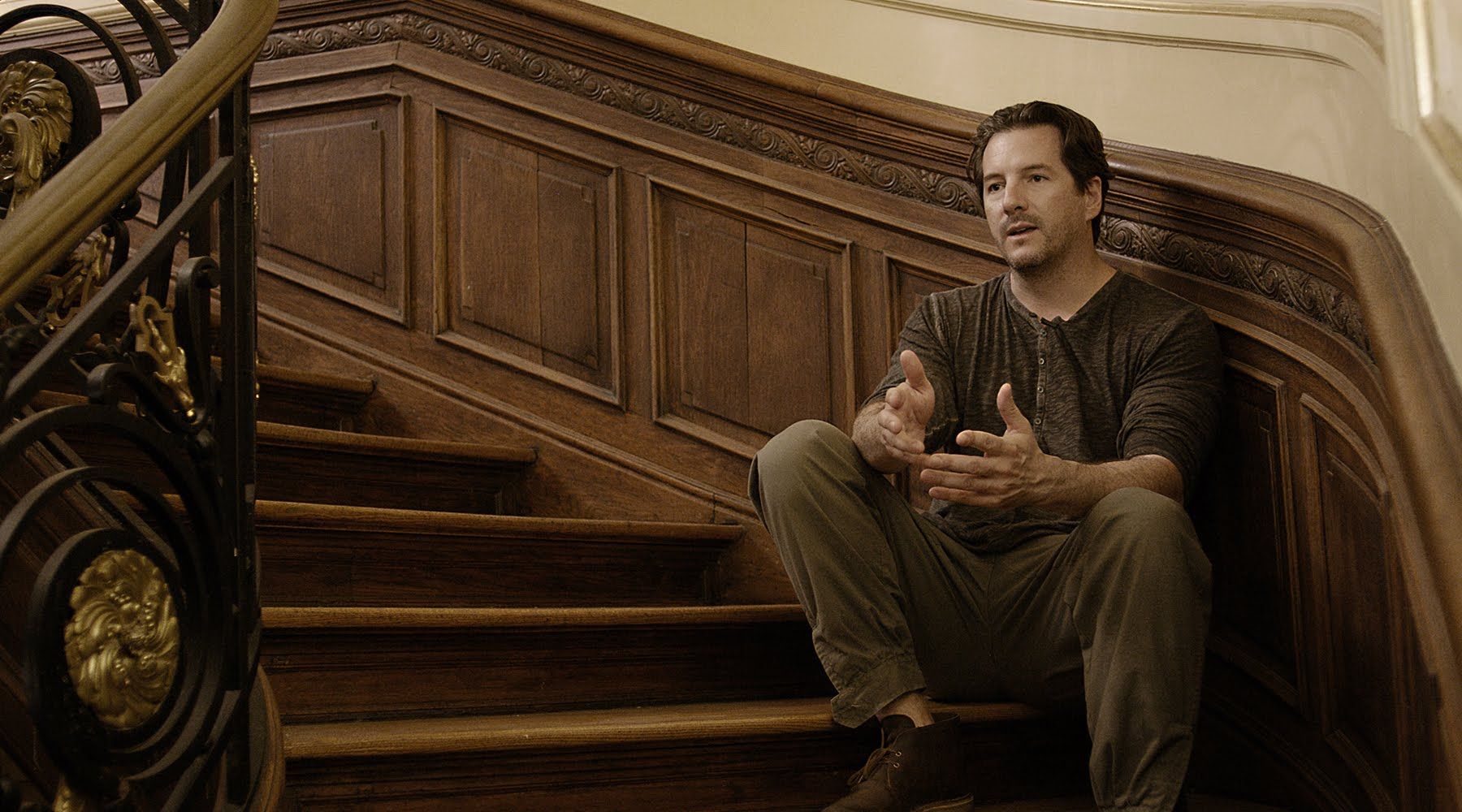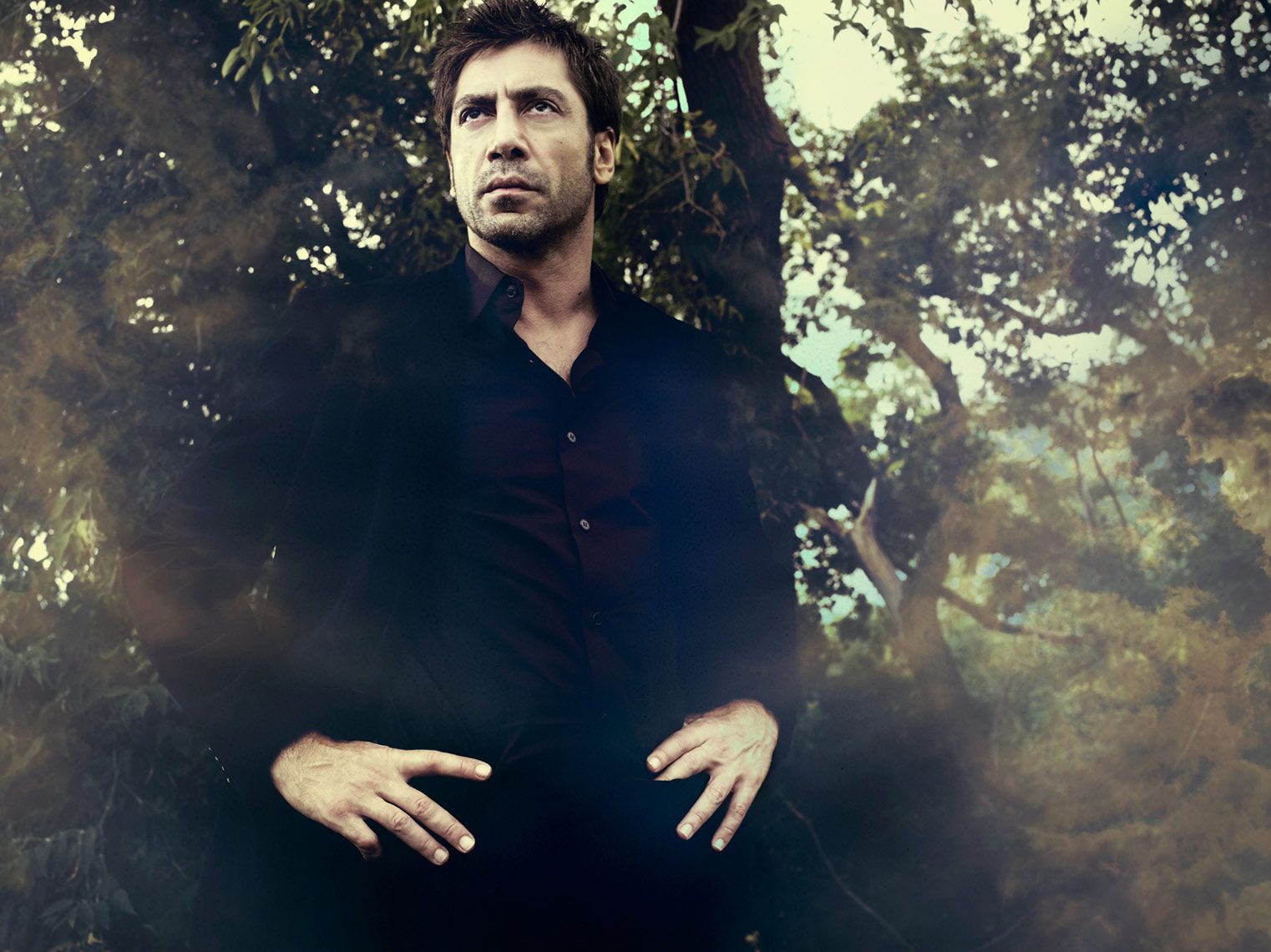Kurt Iswarienko - A Glimpse Into A Visual Storyteller's Archive
Stepping into the visual world created by Kurt Iswarienko offers a chance to explore a truly special collection of images. It's a place where you can look for pictures, finding exactly what you might be hoping to see, or maybe just something that sparks your curiosity. This collection, you know, holds a wealth of visual stories, each one waiting to be discovered by someone like you, eager to connect with the work.
This space feels, in a way, like an open invitation, welcoming curious eyes to explore a rich assembly of visual pieces. It's a spot where you can search through a wide range of photographs and other visual content, perhaps trying to pinpoint a specific type of scene or a particular mood that interests you. The idea is that this collection is set up for discovery, making it easier for people to find what they're looking for, or even stumble upon something quite unexpected, which is pretty neat.
What makes these visual works stand out, it seems, is how much they communicate. Each picture, whether it was put together in a controlled setting or captured out in the open, carries a strong sense of story and a lot of subtle detail. They are not just simple images; they hold a deeper meaning, offering viewers a chance to think about what's being shown and feel a connection to the moments preserved within them. It's almost like each piece has a voice, ready to share something with you.
Table of Contents
- Getting to Know Kurt Iswarienko's Visual World
- What Makes Kurt Iswarienko's Archive Special?
- Exploring the Visual Stories of Kurt Iswarienko
- How Does Kurt Iswarienko's Imagery Tell a Story?
- Finding Familiar Faces - Kurt Iswarienko's Work with Performers
- Could You Find a Favorite Actor or Musician with Kurt Iswarienko?
- The Art of Creation - Kurt Iswarienko's Studio and Location Work
- What Does "Captured on Location" Mean for Kurt Iswarienko?
Getting to Know Kurt Iswarienko's Visual World
When you hear about Kurt Iswarienko, the first thing that comes to mind is often his collection of visual work, a kind of personal museum where his creative efforts are kept. This space, which he calls his "archive," is where all his images are gathered, making them available for others to look through. It's a rather inviting idea, the thought of being able to browse through someone's entire body of visual art, seeing the progression of their ideas and the breadth of their subjects. You know, it's a way to really get a feel for what an artist is all about.
This archive is more than just a storage spot for pictures; it's a window into the artistic journey of Kurt Iswarienko. It represents years of capturing moments, crafting scenes, and shaping visual ideas into something tangible. The very idea of an archive suggests a careful arrangement, a thought-out system for keeping things in order, so that when someone comes to visit, they can easily find their way around. It's basically a well-organized collection, which is pretty useful for anyone wanting to explore.
You can, in fact, search this collection of images based on what you are looking to see. This feature makes the archive quite user-friendly, allowing visitors to pinpoint specific types of visual content rather than just scrolling endlessly. So, if you have something particular in mind, like a certain theme or a kind of subject, the tools are there to help you find it. It's a thoughtful way to present a large body of work, making it accessible to anyone with a specific interest in mind.
- Gordon Ramsay Injury
- Charles Ezekiel Mozes
- Cant Buy Me Love Cast
- Rory Mcilroy Height
- How Old Was Jennifer Lopez
What Makes Kurt Iswarienko's Archive Special?
What makes the archive belonging to Kurt Iswarienko stand out, you might wonder? Well, it's the very nature of it being a personal collection, a place where his entire output, or at least a significant portion, is brought together. This allows for a deeper appreciation of his style and the subjects he chooses to explore over time. It's not just a random assortment; it's a curated space that reflects a singular artistic vision, which is a bit unique in itself.
The ability to search for specific items within this collection is, in some respects, a key part of its appeal. Imagine being able to type in a word or a phrase and immediately see relevant images from Kurt Iswarienko's work. This kind of access transforms a simple collection into a research tool, making it valuable for anyone from a casual admirer to someone looking for inspiration or specific examples of his craft. It really changes how you interact with the content, making it more dynamic.
Also, the archive is designed to answer questions, like whether Kurt Iswarienko has worked with a certain actor or musician. This suggests a history of collaboration and a range of subjects that extends to people in the public eye. It hints at the depth and breadth of his experience, showcasing his connections within creative industries. So, if you're curious about who he has collaborated with, this archive is set up to give you those answers, which is quite helpful.
Exploring the Visual Stories of Kurt Iswarienko
When we talk about the visual stories created by Kurt Iswarienko, we're really getting into the heart of his artistic approach. His pictures are not just flat representations; they carry a sense of unfolding events, a feeling of something happening or having just happened. This quality makes them more than just pretty images; they invite viewers to think about what's going on, to piece together the implied narrative. It's like looking at a single frame from a film and still getting the gist of the whole plot, you know?
Every piece of imagery, whether it was captured out in the world or put together in a controlled setting, holds a certain energy, a kind of internal drive that tells a tale. This means that even without words, the pictures communicate ideas, feelings, and sometimes even a sequence of events. It's a testament to the artist's skill in arranging elements, playing with light, and choosing the right moment to press the shutter. So, you get a whole story just by looking, which is pretty cool.
The "narrative" aspect means that Kurt Iswarienko's visual works often feel like they have a beginning, a middle, and an end, even if you're only seeing one moment. They might hint at a past event or suggest what might come next, drawing the viewer into a larger context. This approach makes the pictures feel alive, like they are part of something bigger than themselves. It’s a very engaging way to present visual information, making you want to look closer.
How Does Kurt Iswarienko's Imagery Tell a Story?
How exactly does the imagery created by Kurt Iswarienko manage to tell a story, you might ask? Well, it comes down to the way elements are arranged and the feeling each picture gives off. Think about how a good storyteller uses details to paint a picture in your mind; similarly, Kurt Iswarienko uses visual details to create a sense of unfolding events or a particular atmosphere. It's all about the subtle hints and cues that guide your interpretation, really.
The "nuance" part of his work is also key here. This means there are subtle layers of meaning, little details that you might not notice at first glance but that add depth to the overall message. It's like finding a hidden meaning in a conversation, where a slight change in tone can alter everything. These subtle touches in Kurt Iswarienko's pictures make them richer and more rewarding to look at, encouraging you to spend more time with each one. It's a very clever way to add complexity without making things too obvious.
So, a picture might show a person looking out a window, and the way the light falls, or the expression on their face, or even what's visible outside, can suggest a whole backstory. This is how the narrative comes through without needing a caption or a description. It's the art of implying, of letting the viewer fill in some of the blanks, which makes the experience more personal and engaging. This is, in fact, a hallmark of powerful visual communication.
Finding Familiar Faces - Kurt Iswarienko's Work with Performers
A particularly interesting aspect of Kurt Iswarienko's archive is the possibility of finding images of people you might recognize, specifically those who work in entertainment. The archive is set up so you can check if he has worked with a certain actor or musician, which points to a history of capturing individuals who are often in the public eye. This kind of work suggests a different set of skills, too, like being able to connect with people and capture their essence, which is quite a talent.
The mention of actors and musicians implies that Kurt Iswarienko has a background in portraiture or capturing performers in various settings, perhaps on set, backstage, or during a performance. This type of photography often requires a knack for understanding personality and conveying it through a still image. It's about more than just taking a picture; it's about making a connection and showing something genuine about the person. So, his work likely goes beyond simple documentation.
For fans or those interested in the creative process, being able to search for specific performers within Kurt Iswarienko's collection could be a real treat. It allows for a unique perspective on these individuals, perhaps seeing them in a different light than usual, or in moments that are less staged than what one might typically expect. It's a way to see the people behind the performances, which is often very compelling, you know?
Could You Find a Favorite Actor or Musician with Kurt Iswarienko?
Could you actually find a picture of your favorite actor or musician within the collection of Kurt Iswarienko? The archive's design certainly suggests that this is a possibility. The fact that it invites you to ask if he's worked with particular individuals means that such collaborations are a part of his body of work. This feature makes the archive feel very personal and interactive, almost like you're having a conversation with the collection itself. It's a pretty neat way to organize things, honestly.
Imagine typing in the name of an actor whose work you admire, or a musician whose songs you love, and then seeing images captured by Kurt Iswarienko. This would offer a fresh perspective on these familiar faces, showing them through the lens of another artist's vision. It’s a chance to see a different side of someone you thought you knew, which can be quite surprising and engaging. This aspect really highlights the breadth of his work, too.
This particular search option also speaks to the diverse range of subjects Kurt Iswarienko has likely worked with over time. It suggests that his artistic reach extends into various facets of the creative world, from the stage to the screen. So, if you're curious about his connections to the entertainment industry, the archive is set up to provide those insights. It’s a very practical way to explore his professional relationships, in a way.
The Art of Creation - Kurt Iswarienko's Studio and Location Work
The way Kurt Iswarienko creates his imagery tells us a lot about his approach to visual art. We learn that his pictures are "whether captured on location or created in a studio." This distinction is quite important because it points to two very different methods of making visual content, each with its own set of challenges and opportunities. It shows a versatility in his craft, being able to adapt to different environments and artistic demands, which is a good sign of skill.
When images are "captured on location," it usually means the artist is working in a real-world setting, using the existing environment as a backdrop or a key part of the picture. This can involve natural light, unexpected elements, and the authentic feel of a specific place. It often results in images that feel very genuine and spontaneous, reflecting the true atmosphere of a moment or a place. This method often requires quick thinking and adaptability, you know.
On the other hand, when imagery is "created in a studio," it implies a much more controlled environment. Here, the artist has the ability to manage every aspect: the lighting, the background, the props, and even the mood. This allows for a very precise realization of a creative vision, where every detail can be planned and executed to perfection. It's about building a scene from scratch, rather than finding one, which is a very different kind of challenge.
What Does "Captured on Location" Mean for Kurt Iswarienko?
What does it truly mean for Kurt Iswarienko's work to be "captured on location"? It means that a portion of his visual collection comes directly from real places, from moments experienced in the world outside a controlled setting. This suggests an openness to the unexpected, a willingness to work with whatever conditions are present, and a talent for finding beauty or meaning in everyday surroundings. It

Pictures of Kurt Iswarienko

Pictures of Kurt Iswarienko

Pictures of Kurt Iswarienko